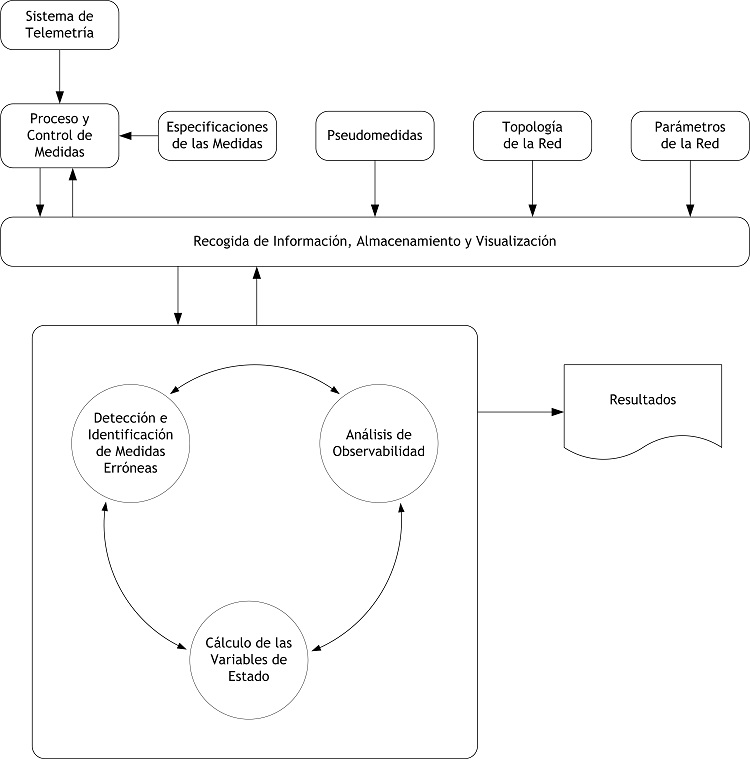ACADEMIA
UDC, CESGA help improve network analysis of electricity transmission
• The new work introduces the innovative techniques of statistical analysis and evolutionary computation for observability analysis of electric transportation network.
• The grid "is one of the largest engineering systems exist today"
To improve the analysis of the network situation and provide solutions to the exchanges is the objective of a project from the University of A Coruña by researcher Santiago Vázquez Rodríguez, who employed the resources of the Supercomputing Center of Galicia (CESGA) for this task. The electrical grid "is one of the largest engineering systems currently available and their management requires detailed knowledge of what is happening at every moment," said Vazquez, who is part of the Integrated Engineering Group of the Escola Politécnica Senior University of Coruña, Ferrol.
The electrical energy that’s consumed in a large geographic area, as a whole country, must take place in the very moment in which it is demanded by the ability to store it in large quantities. At the same time, the plants where electricity is generated are normally tens or hundreds of miles from the areas where there is greater demand. All that configures a system of interlocking transport power lines from high voltage substations and power plants known as the transport grid.
System management "is done in control centers, which manage thousands of electrical variables that are measured all along the network and transmitted to the centers without interruption. And even though the system was designed to successfully exploit the changing network conditions and electrical variables, among other technical constraints may preclude a correct estimation of what is happening in whole or in parts of the network," explains the researcher.
Evolutionary computation and statistical analysis
The discipline that is responsible for continuously analyzing the situation of the transport grid and provides solutions to changes that happen in it is called análisis de observabilidad (observability analysis in English). Moreover, evolutionary computational techniques include various computer programming which redefines and adapts the concept of biological evolution as a problem solving strategy. "Due to its characteristics, these techniques have not been successfully applied significantly in análisis de observabilidad of electrical networks," says Santiago Vazquez. His work introduced "statistical analysis techniques, together with evolutionary techniques developed, allowed us to address all aspects covered in the análisis de observabilidad."
Thus, "in order to give credit to the conclusions drawn from the statistical analysis, we reproduced hundreds of different caseloads and executed hundreds of thousands of simulations, which were essential with the infrastructure provided by the CESGA. This was the subject of my PhD thesis and summaries of the results are in the process of publication in journals, "he concludes.

FOR FURTHER INFORMATION Santiago Vazquez
E-mail: svr@udc.es
Web: http://www.gii.udc.es (Integrated Engineering Group of the University of Coruña)
LINKS to specialized publications: An evolutionary approach to the análisis de observabilidad in power systems. https://www.educacion.gob.es/teseo/mostrarRef.do?ref=937026

